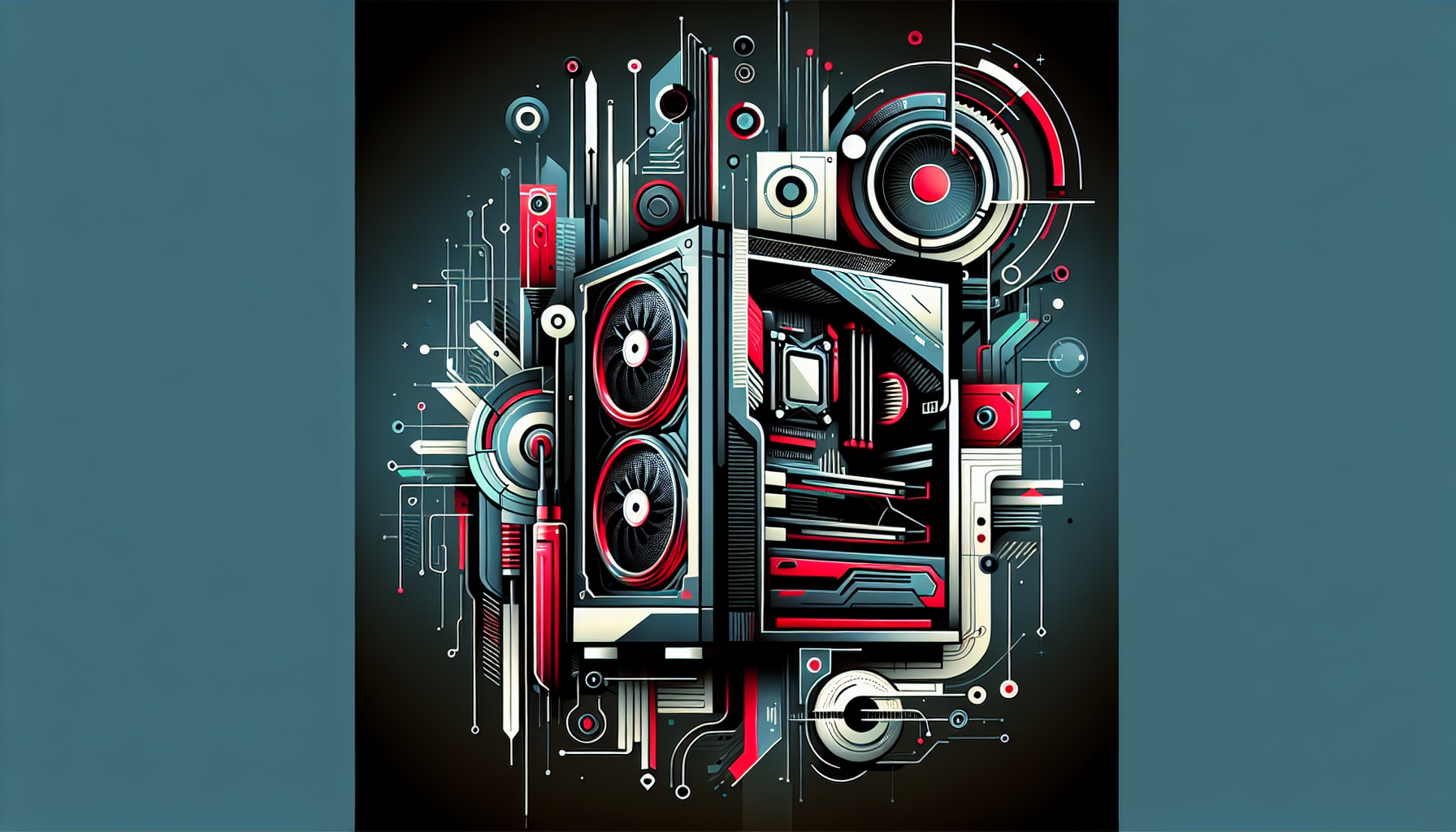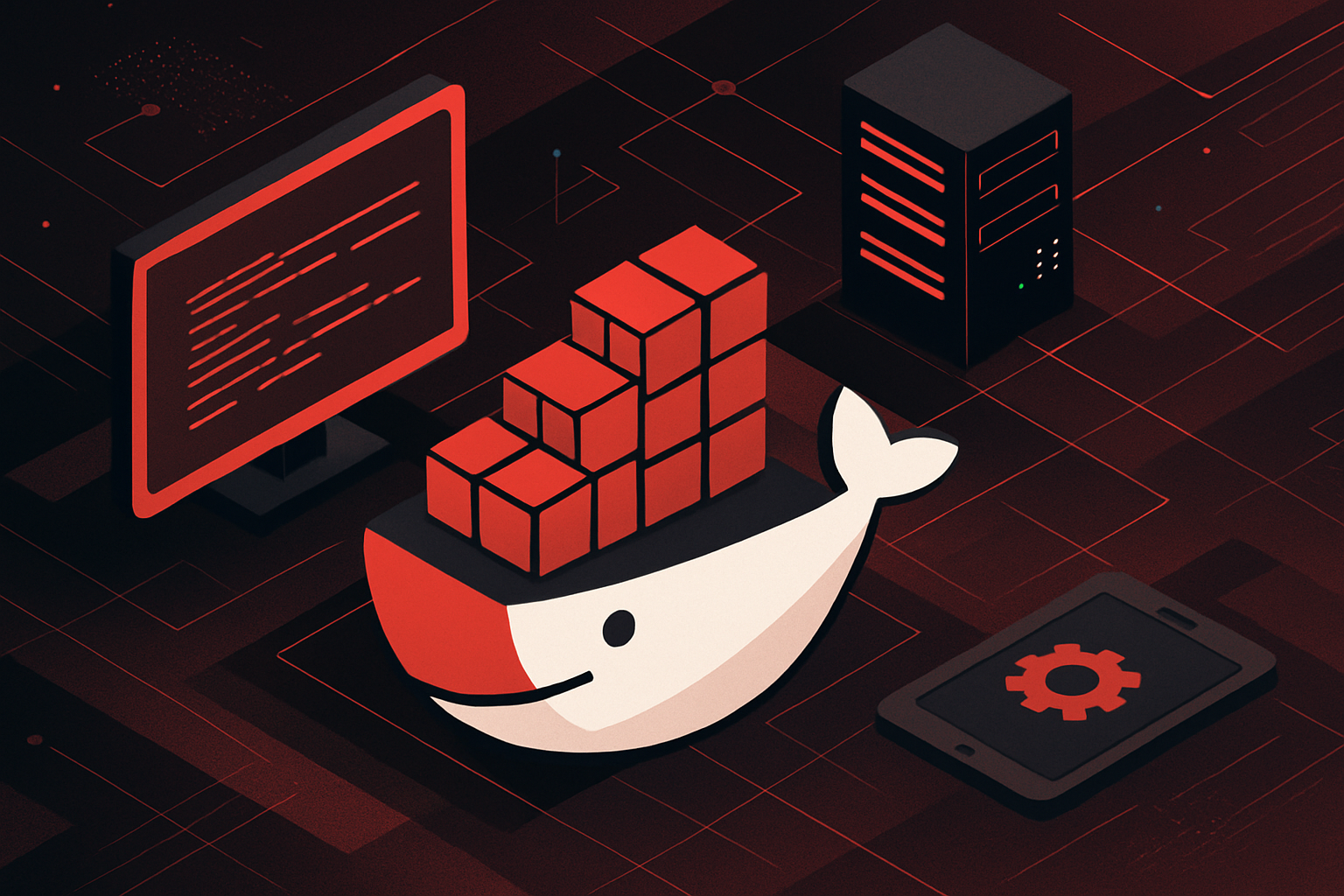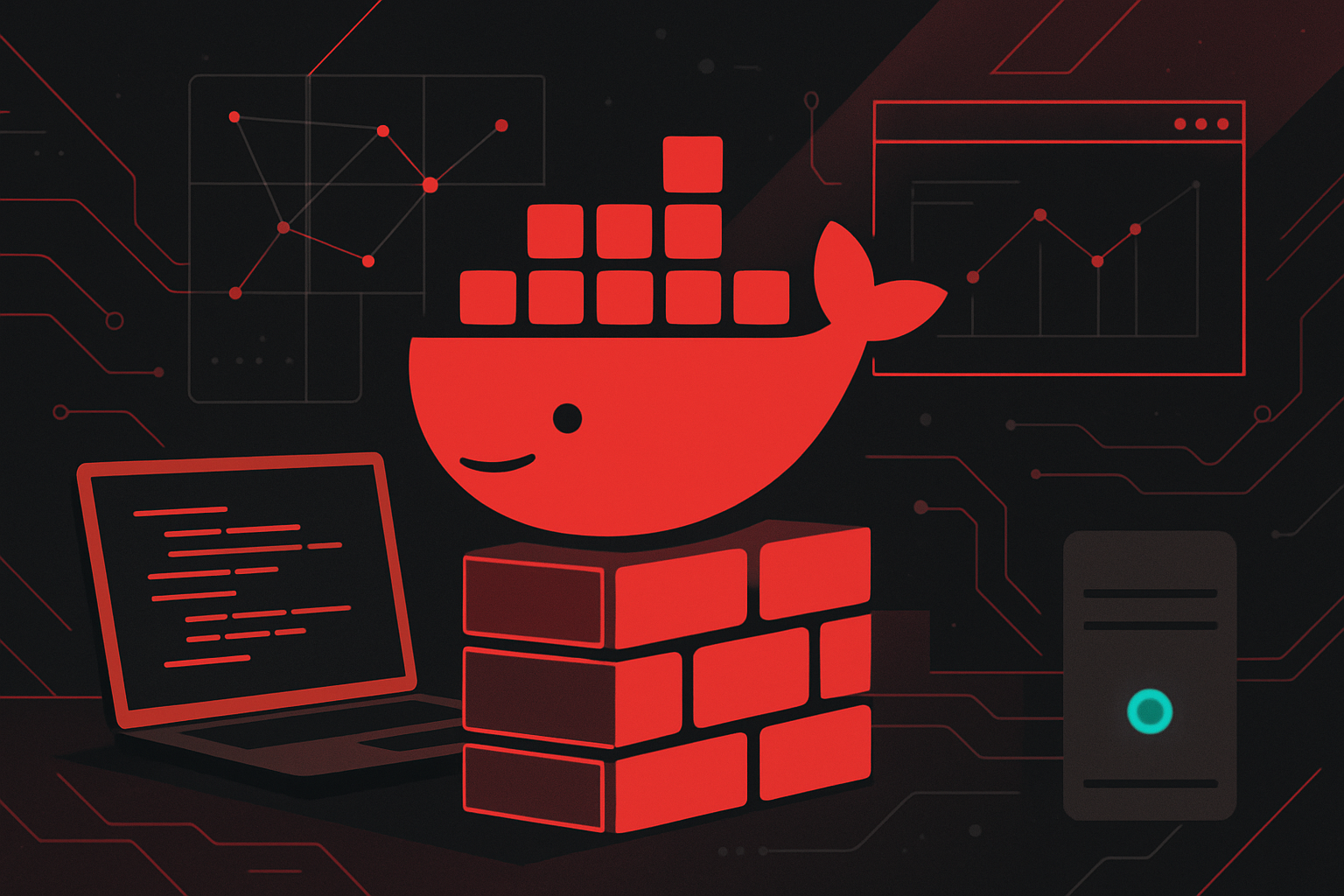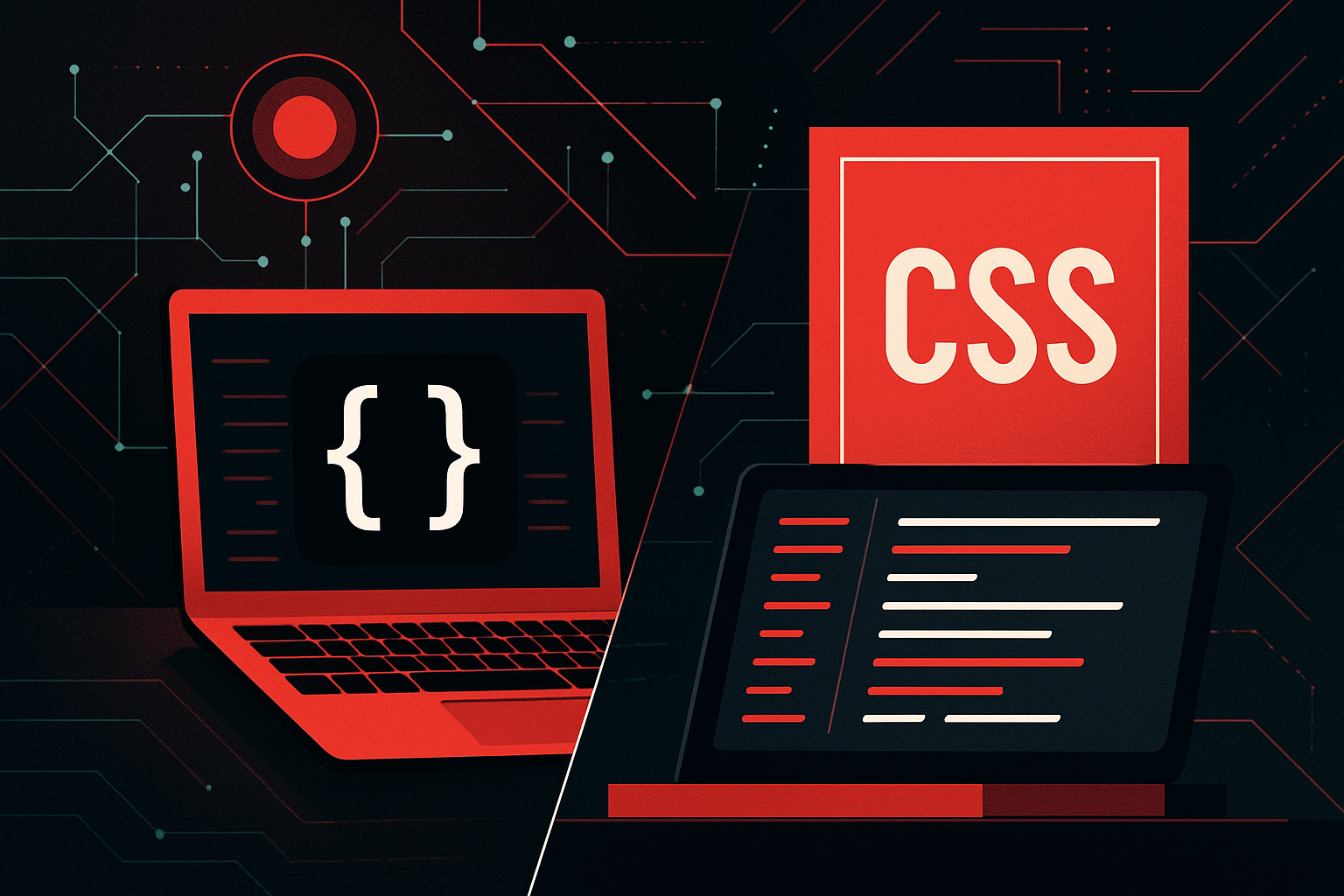How to Build a Custom PC for Gaming and Development

Selecting the Heart: CPU Choices
In the realm of silicon, where logic dances with electricity, the Central Processing Unit (CPU) is the brain, the maestro of your digital symphony. For gaming and development, a balance between speed and core count is essential.
Considerations:
– Gaming: Prioritize higher clock speeds, as most games lean heavily on single-core performance.
– Development: Opt for more cores if your work involves multi-threaded tasks like compiling code or running virtual machines.
Table: CPU Comparisons
| Brand | Model | Cores/Threads | Base Clock | Boost Clock | Price Range |
|---|---|---|---|---|---|
| Intel | i9-13900K | 24/32 | 3.0 GHz | 5.8 GHz | $600-$700 |
| AMD | Ryzen 9 7950X | 16/32 | 4.5 GHz | 5.7 GHz | $550-$650 |
The Canvas: Motherboard Selection
The motherboard, the canvas upon which your masterpiece is painted, must be chosen with care. It determines the compatibility of all other components.
Key Factors:
– Socket Type: Ensure compatibility with your CPU (e.g., LGA 1700 for Intel, AM5 for AMD).
– Chipset Features: Look for features like PCIe 4.0/5.0 support, USB-C, and Wi-Fi 6E.
Metaphorically Speaking: Consider the motherboard as a fertile field; choose one rich with features to grow your digital dreams.
Memory: The Loom of Performance
RAM is your system’s loom, weaving the threads of data swiftly and seamlessly.
Guidelines:
– Gaming: Aim for at least 16GB of DDR4 or DDR5 RAM.
– Development: 32GB is recommended, especially for running multiple applications or virtual machines.
Table: RAM Speed and Latency
| RAM Type | Speed (MHz) | CAS Latency | Price Range |
|---|---|---|---|
| DDR4 | 3200 | 16 | $70-$90 |
| DDR5 | 6000 | 36 | $200-$250 |
The Power of Imagination: Graphics Card
In the vivid realm of gaming and graphical development, the GPU is the brush that paints worlds.
For Gaming:
– Resolution and FPS: Choose a card that matches your monitor’s resolution (e.g., NVIDIA RTX 3080 for 1440p at 144Hz).
For Development:
– Compute Performance: Consider VRAM and CUDA cores for tasks like 3D rendering or machine learning.
Table: GPU Options
| Brand | Model | VRAM | CUDA Cores | Price Range |
|---|---|---|---|---|
| NVIDIA | RTX 3080 | 10GB | 8704 | $700-$800 |
| AMD | RX 6800 XT | 16GB | N/A | $650-$750 |
Storage: The Treasury of Data
Storage, the treasury where your digital artifacts repose, must be swift and capacious.
Types:
– SSD (Solid State Drive): For the OS and key applications. NVMe drives offer the best performance.
– HDD (Hard Disk Drive): For mass storage needs, such as large media files.
Table: Storage Solutions
| Type | Capacity | Read/Write Speed | Price Range |
|---|---|---|---|
| NVMe | 1TB | 3500/3000 MB/s | $100-$150 |
| HDD | 2TB | 150/150 MB/s | $50-$70 |
Shelter: The Case and Cooling
The case is the fortress, and cooling is the breeze that keeps your components serene.
Case Selection:
– Size: Ensure it fits your motherboard (ATX, Micro-ATX, Mini-ITX).
– Airflow: Look for designs that promote good airflow with multiple fan mounts.
Cooling:
– Air Cooling: Cost-effective and simpler to install.
– Liquid Cooling: More efficient for high-performance builds, but requires maintenance.
Power Supply: The Lifeblood
The power supply unit (PSU) is the heart that pumps life into your creation. Choose wisely to ensure reliability.
Considerations:
– Wattage: Calculate based on all components, adding a 20% buffer.
– Efficiency: Look for 80+ Gold certification for better energy efficiency.
Assembling the Symphony
Now, to the assembly, where precision meets poetry. Each component must harmonize with the others. Here’s a step-by-step guide, a dance of logic and artistry.
Step-by-Step:
1. Prepare Your Workspace: Ensure a static-free environment.
2. Install the CPU: Gently place the CPU into the motherboard socket, locking it in place.
3. Attach the RAM: Insert RAM sticks into DIMM slots, ensuring a firm fit.
4. Secure the GPU: Slot the GPU into the PCIe x16 slot and screw it in.
5. Mount Storage Drives: Screw SSDs and HDDs into their respective bays.
6. Connect the PSU: Attach power cables to the motherboard, GPU, and drives.
7. Install Cooling Solutions: Affix fans or radiators, connecting them to the motherboard.
8. Test the System: Power on, and ensure all components are recognized in BIOS.
With this guide, you forge a machine where games are vivid tales and development is a craft of elegance. Here, technology meets the soul—a testament to the art of creation.





0 thoughts on “How to Build a Custom PC for Gaming and Development”